A few days ago I went for a walk in the city centre of Cambridge and as luck would have it it was a day when the grounds of Trinity College were open to the public. I crossed the river Cam over the Garret Hostel Bridge by Trinity Hall and looped back through Trinity College to recross the river over Trinity College Bridge.
It was a beautiful warm sunny morning and it’s a very green part of the city, and the grounds of the ‘backs’ of the colleges are surrounded by drainage channels, so on a day like that I’d expect there to be lots mini beasts buzzing around over the water and feeding on all the open flowers.
With so much water lined with uncultivated banks adjacent to other areas which had been cultivated to maximise the number of flowers it should have been humming with bugs and and the birds that feed on them.
It’s a lovely place to spend time on a sunny morning but the almost total lack of insects was worrying. Along the drainage channel above I saw no insects at all and in the flower beds and gardens of Trinity I counted three butterflies – two small whites (I think), one holly blue – and two bumble bees. There was also very little birdlife apart from half a dozen jackdaws that were flapping around the lawns.
There have been a lot of news articles in recent times about how climate change is causing a catastrophic decline in insect numbers, and there seems to be debate about what’s really going on; but the almost total absence of them on a sunny morning in somewhere as green as the ‘Backs’ in Cambridge made me think that there is a problem here.
It’s a beautiful place but maybe not as green and biodiverse as I thought it might be. Or should be.

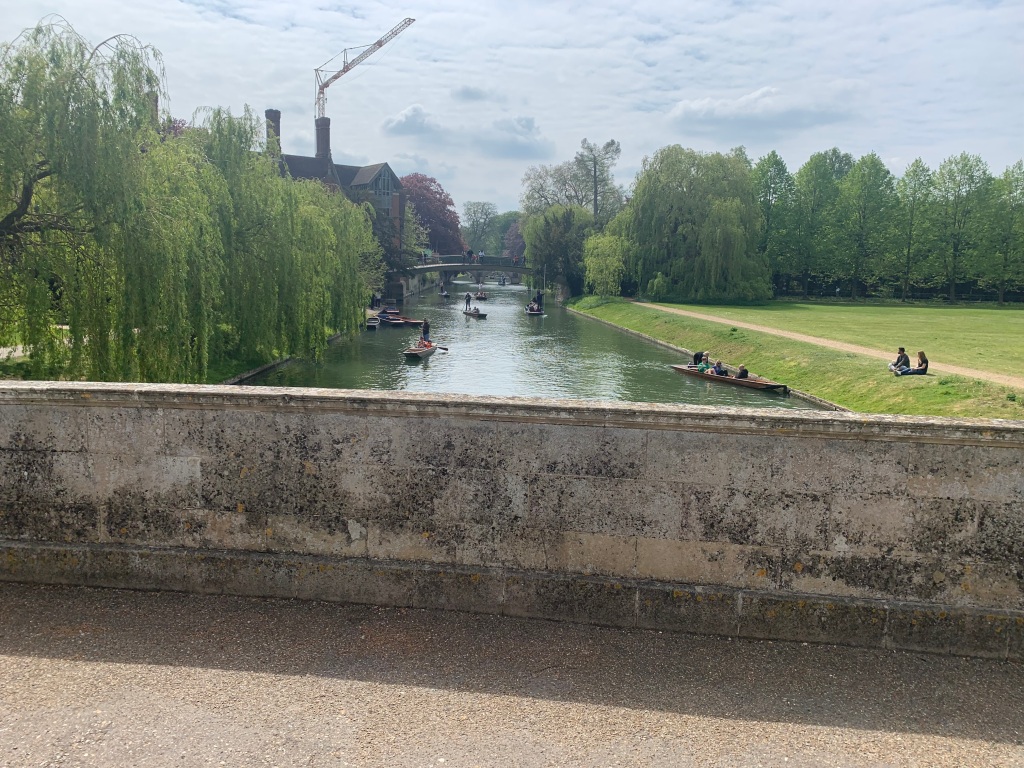
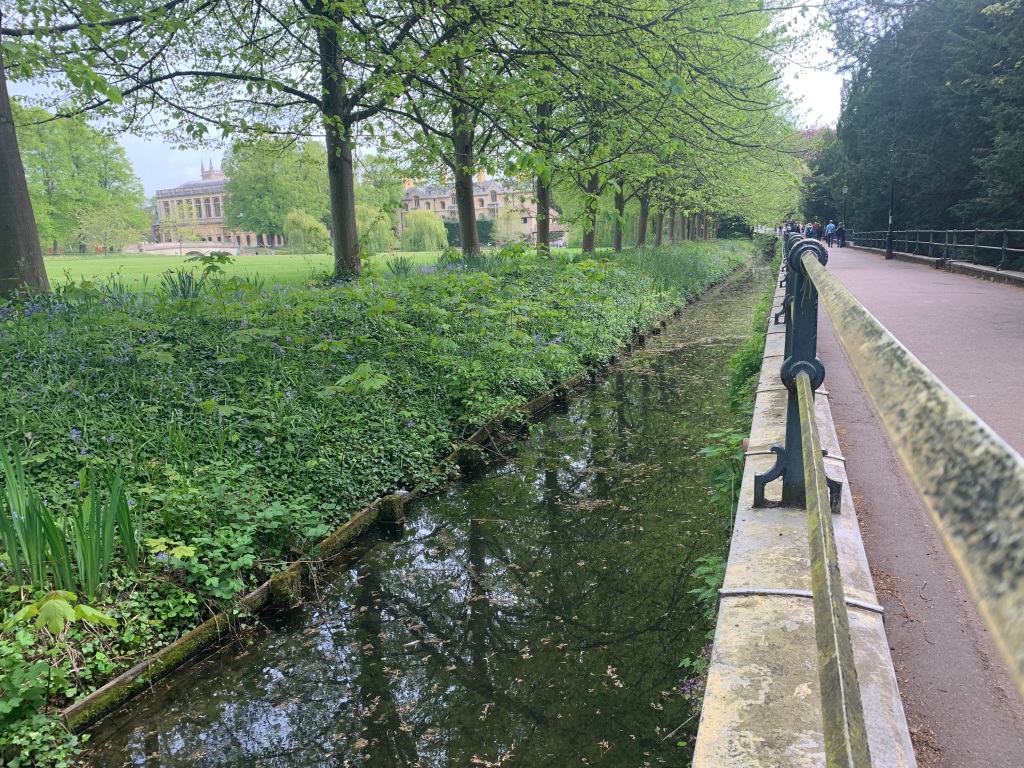
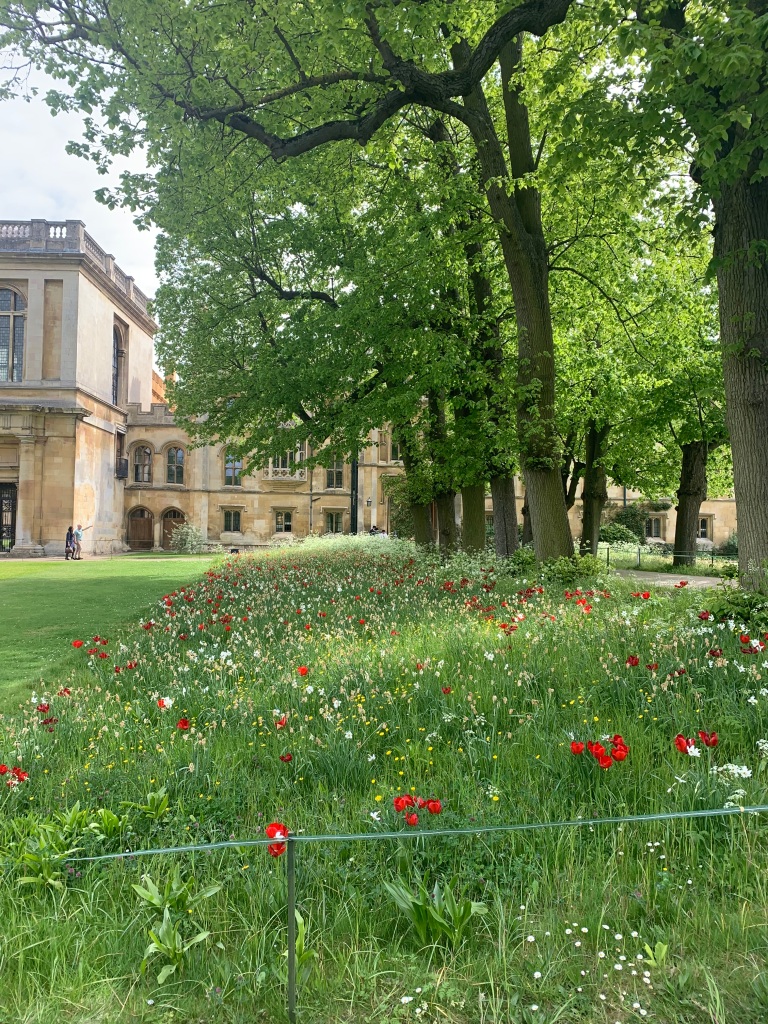
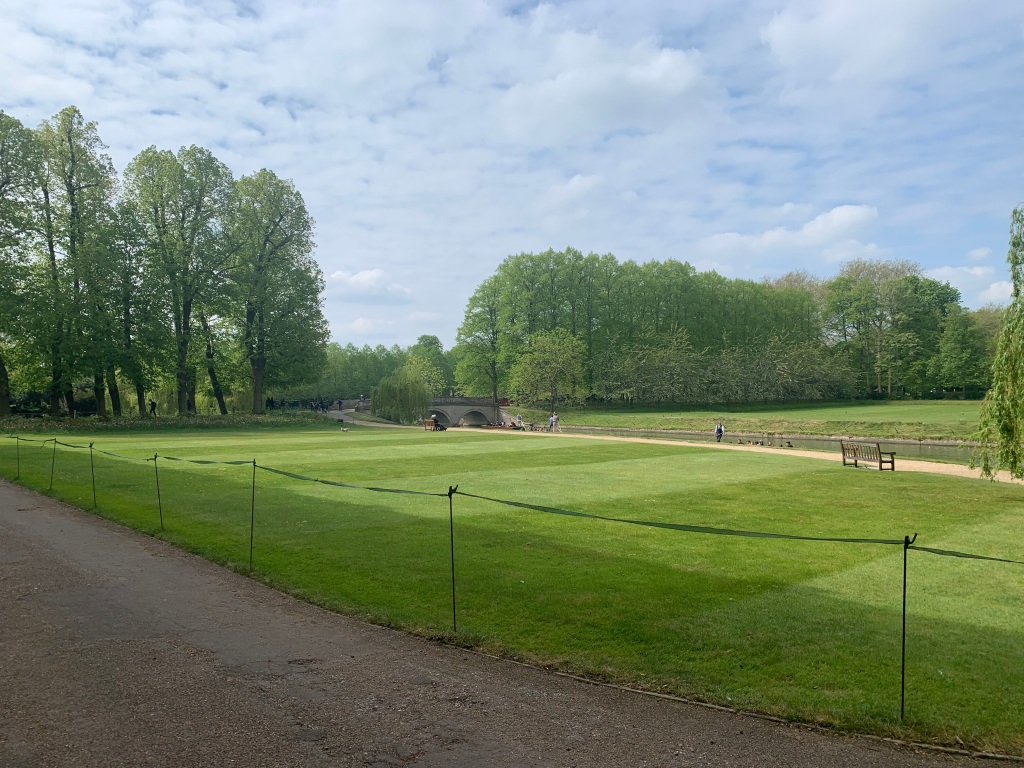

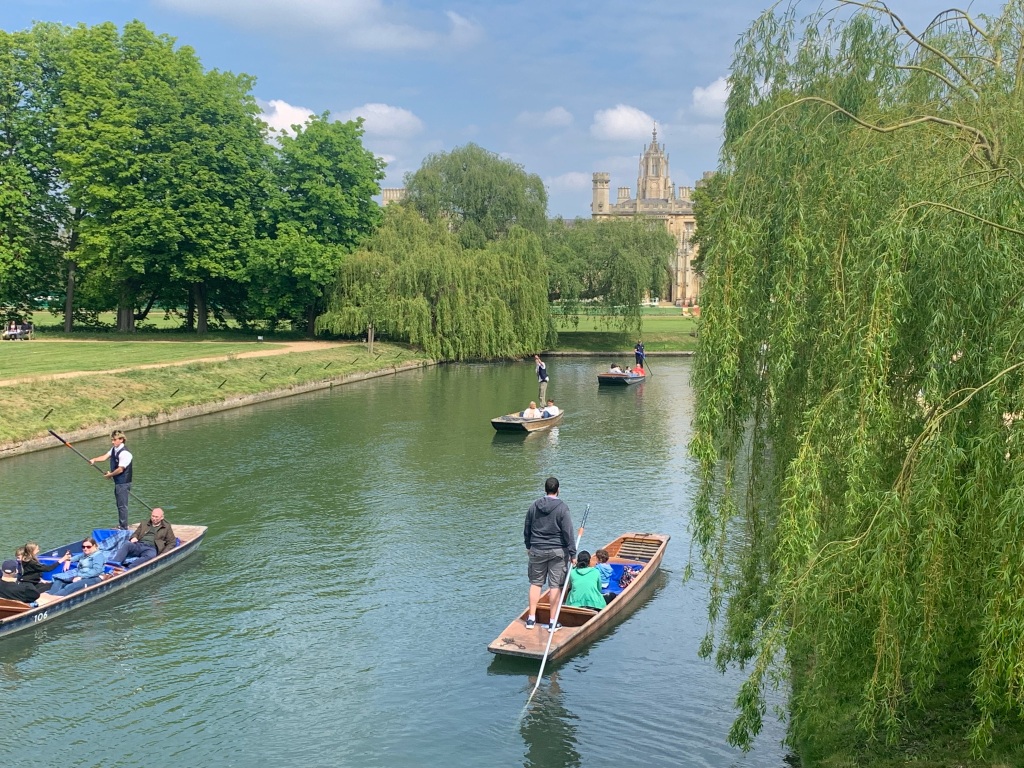



Hello,
I live in Hampshire, next to a meadow. My garden has been ignored for 6 years but this year I bought some calendula seeds to feed the bees. At least that was how it started; it has gone a bit beyond that now. Anyway, whilst creating this bee banquet, I left some specimens that had naturalised – a faux globe artichokes and an u identified specimens with interesting leaves that in April was a low mound.
The low mound is currently about 4ft tall, quite sturdy and holding up the cornflowers and anthemis tinctoria – and feeding about 3 dozen of the surviving cinnabar moth caterpillars, I hope they will leave some flowers for the bees. Yes, it is ragwort.
I had a good inspection of the faux globe artichoke today. The weather was a bit drab, which maybe had some impact but saw a bee enjoying the blooms, only 3 juvenile ladybirds and quite small at that. There were 3 cobwebs, looking quite intact but no visible spiders. Some wasp like insects, a very still caterpiller (not cinnabar moth) and a very still, unidentified beetle, besides the regiment of black fly that used to attract ants (seem to have ant nests all over the place when I was creating these beds). The black fly only occupy the high tips of the spearthistle.
I am pleased there is a seeming variety of wildlife but there doesn’t seem to be many individuals, apart from the blackfly. On other days, I’ve seen a red admirał or a white butterfly but very few, perhaps I’m being greedy.
I don’t use pesticides and I don’t think the meadow is sprayed. There is an arable field behind that but it is too far away to tell what crop is growing there. It is very sad that there seem so few.
I expect there is going to be a fuss over these plant!